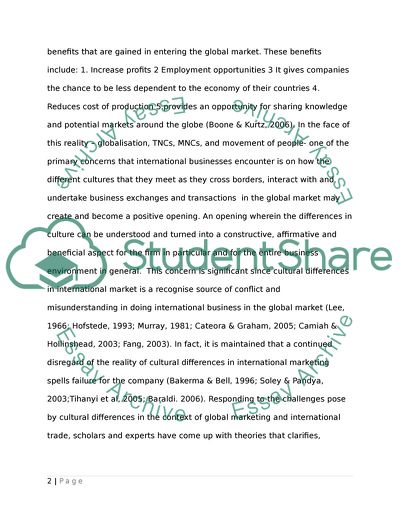Cite this document
(The Self Reference Criterion in the Context of International Marketing Research Paper, n.d.)
The Self Reference Criterion in the Context of International Marketing Research Paper. Retrieved from https://studentshare.org/marketing/1736227-the-self-reference-criterion
The Self Reference Criterion in the Context of International Marketing Research Paper. Retrieved from https://studentshare.org/marketing/1736227-the-self-reference-criterion
(The Self Reference Criterion in the Context of International Marketing Research Paper)
The Self Reference Criterion in the Context of International Marketing Research Paper. https://studentshare.org/marketing/1736227-the-self-reference-criterion.
The Self Reference Criterion in the Context of International Marketing Research Paper. https://studentshare.org/marketing/1736227-the-self-reference-criterion.
“The Self Reference Criterion in the Context of International Marketing Research Paper”, n.d. https://studentshare.org/marketing/1736227-the-self-reference-criterion.


